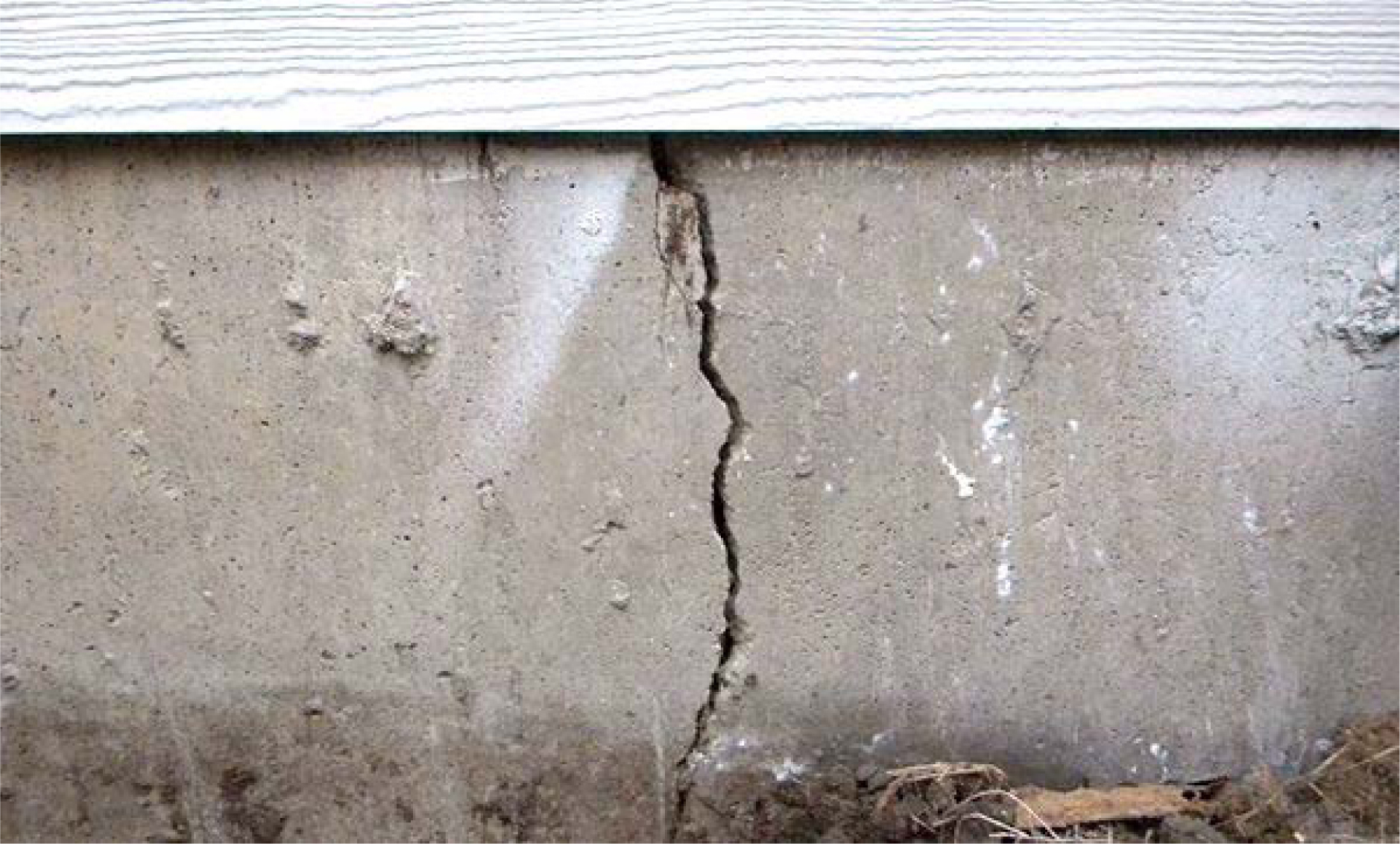Is A Cracked Foundation A Big Deal?
When your foundation is cracked, you should know that your home may not last long. You can get expensive repairs done if you don’t act quickly. Fortunately, many problems with foundations are cosmetic in nature. Learn how to spot cracks and see how much damage they can cause. Here are a few early warning signs that your house may be suffering from foundation problems. It’s a good idea to contact a professional as soon as possible. Contact Altas Piers today for a quote on foundation repair Atlanta Georgia.

A cracked foundation is usually a cosmetic problem, or a small corner pop in the foundation. While these cracks aren’t structurally significant, they can lead to mold and a musty odor. If you’re concerned about mold or radon gas, you should have a professional inspect your property. If the foundation cracks are not a big deal, you can simply seal them with caulk.
Diagonal cracks run from 30 degrees to 75 degrees from the vertical. These cracks are often very small, but they are typically larger on one side than the other. A stair-step crack in the foundation is caused by differential settlement of the soil beneath your structure. This is caused by uneven soil conditions, which can cause a home’s foundation to expand and contract. In some cases, this phenomenon is caused by mature trees and improper drainage, while other causes include broken water lines and gutter downs draining too close to the foundation.
A horizontal crack runs horizontally and is considered the most dangerous type of foundation crack. This kind of crack can cause serious structural damage, so if you see one, it’s essential to get it repaired as soon as possible. The most common types of vertical cracks are those that run vertically. Some types of brick and concrete block foundations may have these cracks. Once the cracks are fixed, the walls of your home will be stable and water won’t leak through the basement.
When looking for signs of a foundation problem, it’s important to look at the bigger picture. A single crack can be a small issue, but a crack that runs horizontally could be a sign of a bigger problem. In this case, you’ll want to have a structural engineer look at the entire area of your home. You may notice a few cracks in one part of the house, or you might notice that the entire area is unstable. A pattern might indicate more extensive damage.
The main signs of a foundation crack are a horizontal crack or a vertical crack. A diagonal or vertical crack is a sign of foundation settling, and should be repaired as soon as possible. Although these two types of cracks can be difficult to identify, it’s usually easy to spot a fracture in a new home. The biggest problem is the large horizontal or vertical crack. In addition, the vertical or diagonal cracks will admit significant amounts of water.

I am Scott Miller and my love is writing about home improvement. I write mostly about home ideas, but also share some tips and tricks that can make your life easier when it comes to getting things done in the house.









![3 Signs You Need Garage Door Repair [When to Call a Professional ] Garage Door Repair](https://myhorizonhome.com/wp-content/uploads/2017/12/Garage-Door-Repair.jpg)


